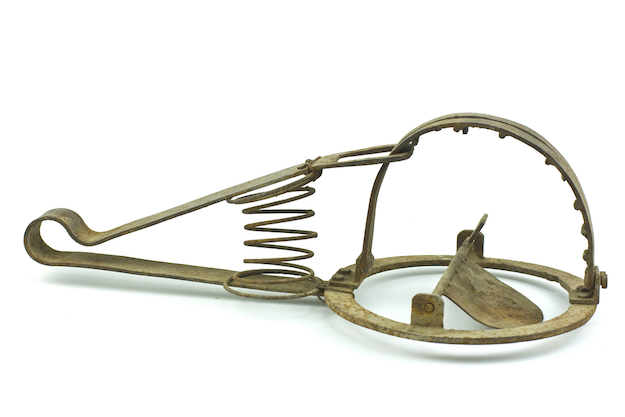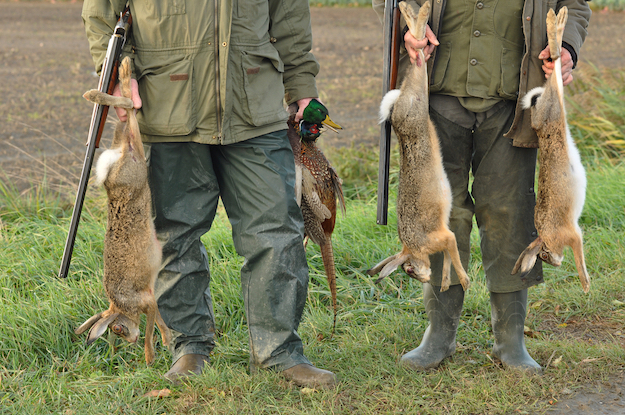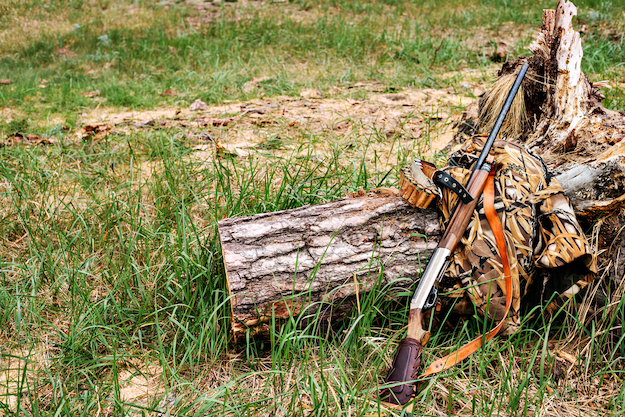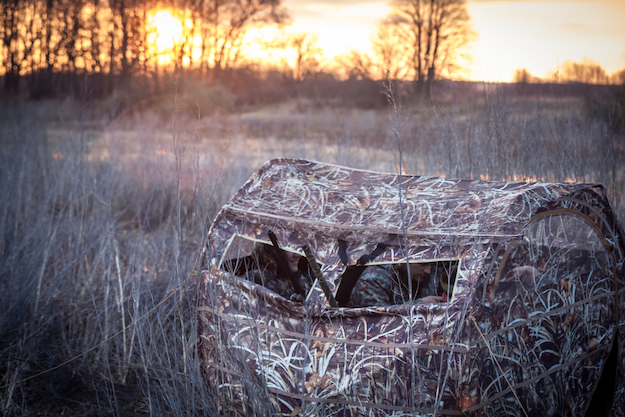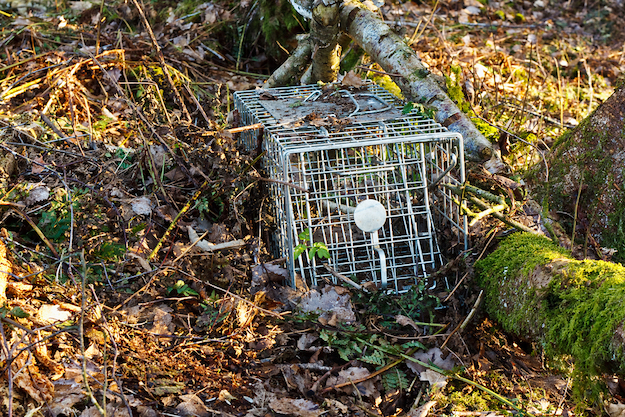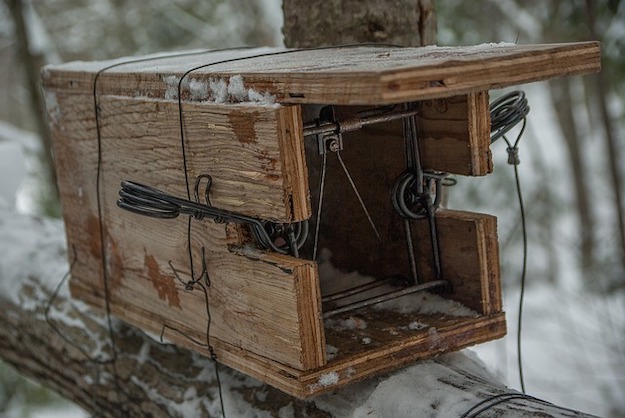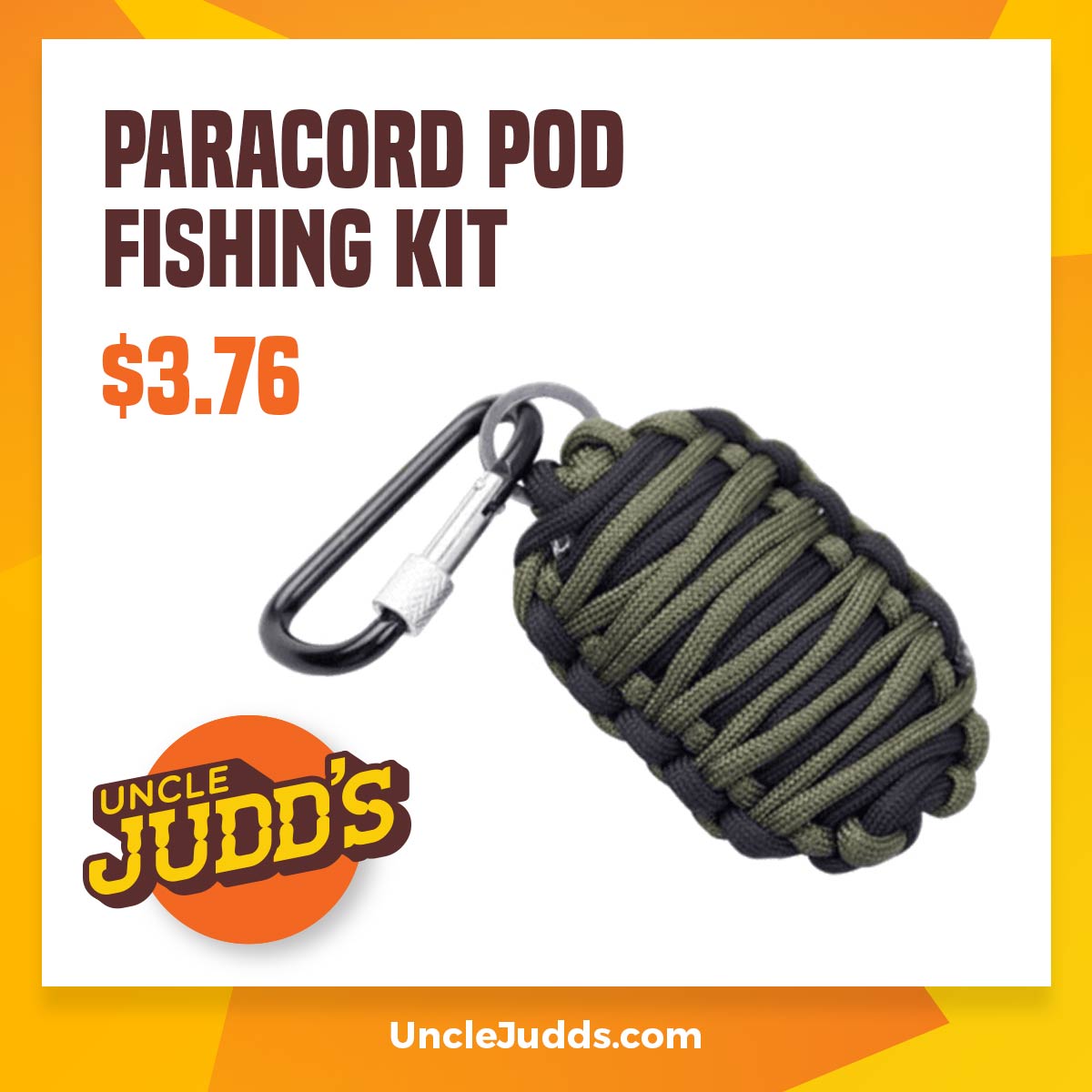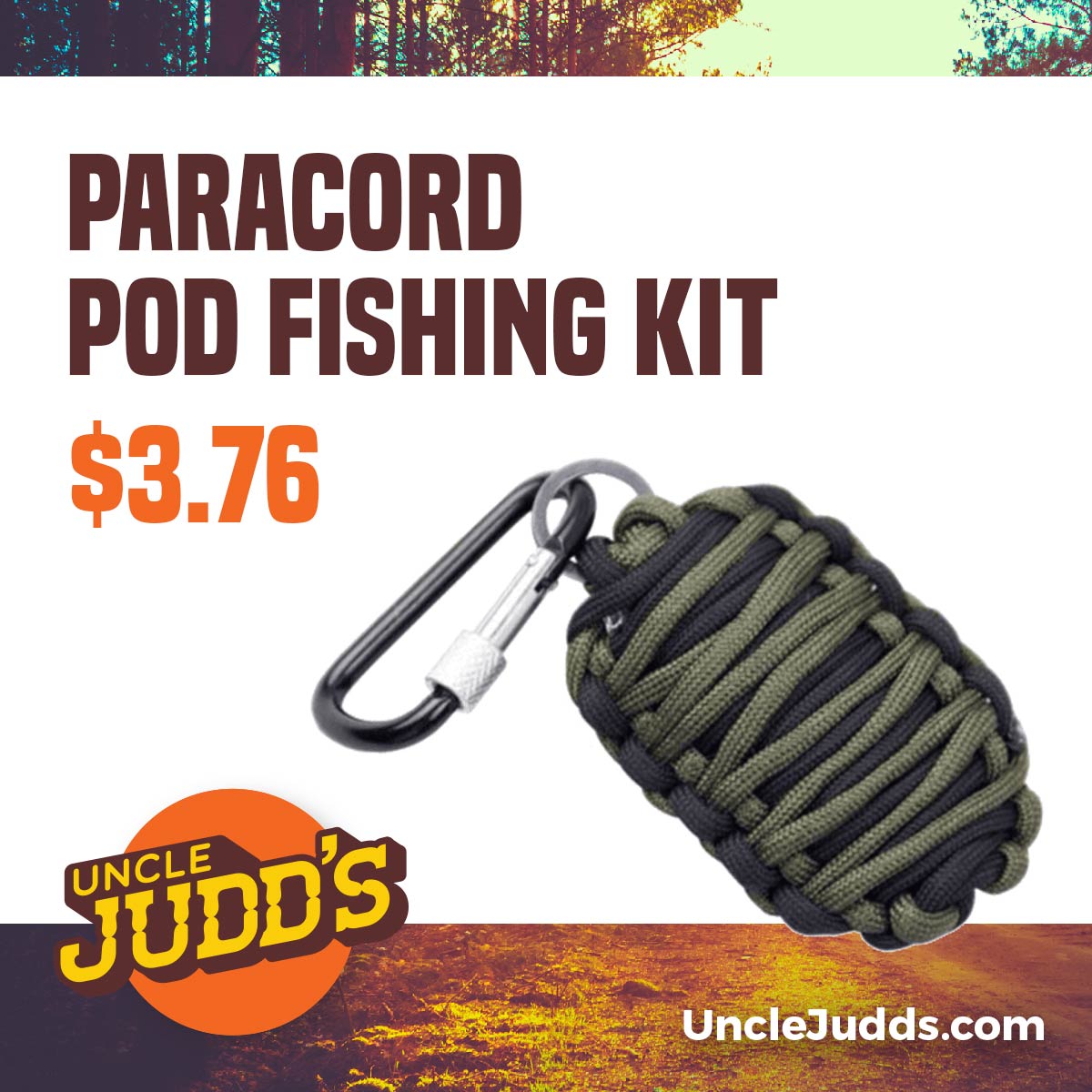Hunting
Sneaky Hunting Traps For The Stealthy Hunter
Since the ancient times, hunters use trapping as a way catch their prey. If it is set up properly then it can be a very effective way to catch an animal. But what are the different hunting traps that a hunter can use today? With that being said, check out this list of hunting traps that you can use for your next trip in the woods.
Published
5 years agoon
By
Jeffrey Buck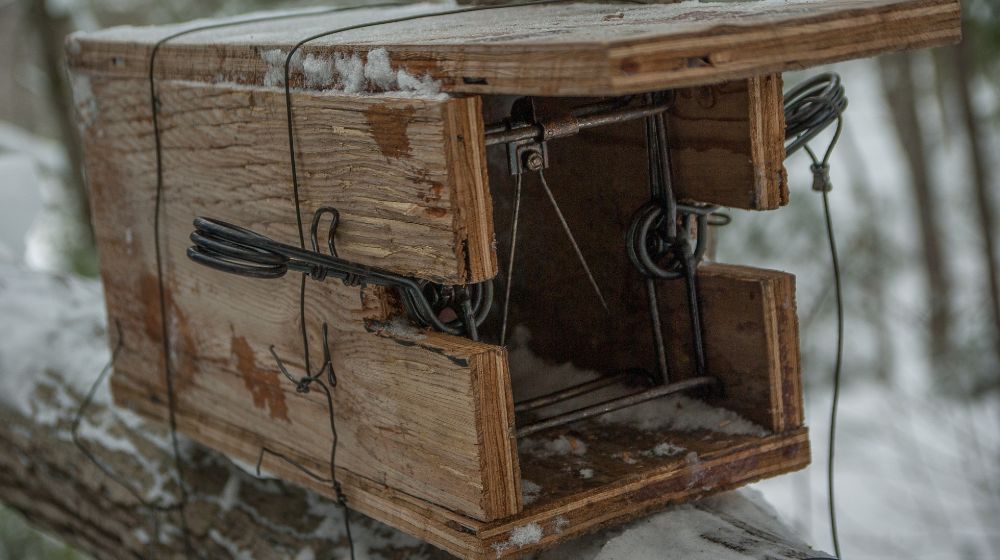
Trapping is one of the oldest ways of to capture a prey. There’s a variety of purposes why we trap animals –it can be for food, for fur trade, wildlife management or conservation or pest control. But whatever it is, it’s hard to stop a dedicated hunter in setting up hunting traps. But what are the types of hunting traps that you can use to catch your targeted animal? How effective is this trap? So if you’re looking for answers then we got you covered. Check out this list of hunting traps for the stealthy hunters below.
Deceptive Hunting Traps Are Your Best Friends
Trapping is not as easy as it seems. It may require a lot of hard work and money to be efficient, especially if you’re just getting started with hunting. Now back then, I used to rely on my rifle and bow to help me secure game, but when I discovered the art of using traps, it’s made my hunting trips a lot more convenient. Think of traps as little hunters that hunt your prey while you’re doing some other important task. These hunting traps will prevent animals from moving as normal. More often than not, it inflicts excruciating pain to the prey. But some people find trapping to be cruel because of its methods, but there are still a lot of hunters still use this kind of hunting practice. So on that note, here’s a list of hunting traps that you might want to use for your next hunt.
1. Steel-Jaw Leghold Traps
It is also referred as a “restraining trap”, the steel-jaw leghold trap is the most commonly used trap in the US by recreational and commercial fur trappers. This trap is triggered by a pan tension device. When an animal steps between the jaws of the trap, it will cause the jaws to slam shut on the victim’s leg in a vice-like grip. Usually, it is anchored into the ground by a short chain and a metal spike or sometimes it is tied to a tree or a large branch. It immobilizes the animal and due to the instant pain inflicted by this trap, the animals frantically pull themselves against the trap in a desperate struggle to be free. This will result in fractures, ripped tendons, blood loss, exhaustion, and starvation. More often than not, this trap is set for raccoons, bobcat, coyote, fox, skunk and other fur-bearing animals.
2. “Padded” Leghold Traps
This padded trap has enough power to clamp a panicking wolf. It’s basically the same as steel jaw leghold traps and the only difference between the two is a strip of synthetic nylon lining the steel jaws. This trap can cause serious injuries to animals and according to research less that 5% of trappers own this kind of trap. The padded leghold hunting traps are being marketed by fur industries as “humane” as compared to steel-jaw leghold traps.
3. Snare Traps
The snare traps are made of light wire cables looped through a locking device or a small nylon cord tied that will tighten as the animals try to free themselves. The more the animal tries to escape, the more the noose tightens, and the more the noose tightens, the more pain it will inflict. This may result in death by slow strangulation. It can also crush vital organs. Primarily, the body snare is used for coyotes. More often than not, it is set where animals crawl or in narrow passages.
4. Conibear Traps
In 1957, Frank Conibear wanted to create an alternative to leghold traps that will kill the animals immediately. The conibear trap consists of two rectangular frames with a trigger. When the trigger is activated, the frame slams shut in a scissor-like fashion on the animal’s spinal column at the base of the skull. Even though it is intended to be an instant killing device, it is difficult to control the size, kind of animal, and direction of the species that is entering the trap. The result is that they do not die quickly rather they endure prolonged affliction. This trap is frequently used in water to trap beaver and muskrat. They are also used to trap raccoons, opossum, and other fur-bearers and small games.
5. Deadfall Traps
If snares are meant to choke animals, deadfall traps are made to crush animals once the trigger is released. They also work along trails or outside a hole when a passing animal grazes against the trigger. This is one of the easiest traps to do and one of the most commonly used in a survival situation. If want to learn how to make a deadfall trap then check out the full tutorial here.
6. Tension Traps
With the use of fire-hardened spear point under tension, this trap can be fatal to a predator and to prey alike. They can impale any creature that triggers this kind of trap. As a hunter, you need to be cautious where you’re going to place it because it can be dangerous to domestic animals and other people that may pass. Learn more about tension traps here.
7. Bird Traps
Birds are much easier to catch compared to other animals. A bird trap is one of the most primitive ways to trap an animal. There is a variety of techniques that you can do to create a bird trap. You can also easily purchase this kind of trap. This also an ideal solution for short-term population control or reduction. If you’re a DIY fanatic and a conservationist at the same time then you can check the full tutorial video on how to make a bird trap here.
Check out this video from Ultimate Survival Tips and learn how to make your own basic snare trap with paracord!
Trapping has always been significant in catching animals especially if you’re in a survival situation. There are so-called “humane” ways of trapping animals yet there are those ways that undeniably promotes cruelty. That is also the main reason why it is prohibited or illegal in many countries. It is up to you to choose from this variety of techniques and practices. Personally, I’m not against trapping especially if it does not kill or injure an animal. I’d rather see them dead than battling for their lives and freedom. In my opinion, “humane” and hunting doesn’t go well within the same context.
Penny for your thoughts? We would like to hear from you. Tell us what you think by dropping your two cents in the comments below.
Looking for more ways on how to trap small game animals? Click here!
Featured Image Via rapidcityjournal
You may like

How To Build A Debris Hut

Ironman Triathlon Podcast: What You Need To Know As An Aspiring Ironman

Awesome Family Camping Tips For Beginners

Hiking Safety Tips: What To Do When You Have Knee Pain On Trail? [PODCAST]

How To Craft Sharp Stone Tools To Survive The Great Outdoors

Mountain Bikers, Why You Don’t Want to Ride Like a Pro!

Hiking Boot Accessories
The Handgun Safety Test For Beginners
These Hunting Shotguns Are The Best Bang For Your Buck
11 Types of Guns That Will Keep You Alive On Doomsday
Best ATV Tires – The Top 6 Lightest Mud Tires

The Top 5 Hunting Guns You’ll Ever Need For A Wilderness Walk-out
Arizona Hunting Laws and Regulations

Hunting And Conservation Discussion | Call Of The Outdoors Podcast [LISTEN]
The Handgun Safety Test For Beginners
These Hunting Shotguns Are The Best Bang For Your Buck
11 Types of Guns That Will Keep You Alive On Doomsday
Best ATV Tires – The Top 6 Lightest Mud Tires

The Top 5 Hunting Guns You’ll Ever Need For A Wilderness Walk-out
Arizona Hunting Laws and Regulations


